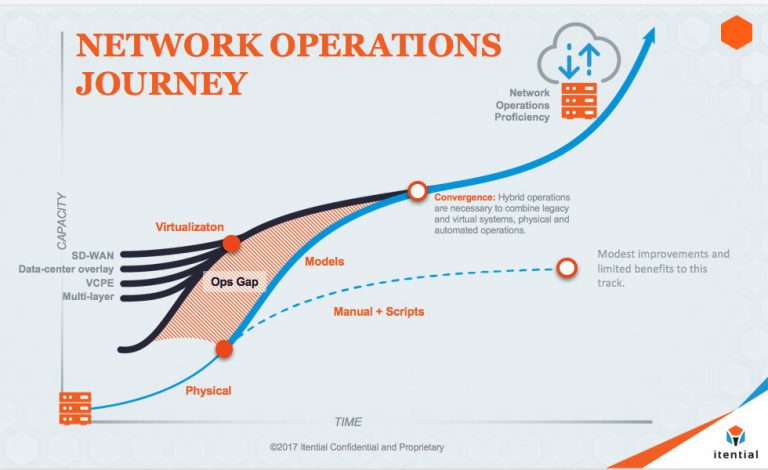Before I waste any time let me go ahead and answer the question in the title with a resounding NO…now let’s get into why that is the case.
A recent Light Reading article on the “cost of automation” says, “…automation is the end game for virtualizing network infrastructure and services using NFV and SDN.”
While the article doesn’t outright say it, it pretty strongly implies that the way to automate your network is to virtualize it. The problem with this mindset is that virtualization in and of itself does nothing…absolutely nothing…to automate your network. Virtualization is merely a new(er) technology for how to deploy networks. There is a set of tools that go along with this that provide the automation capabilities, and, to be fair, the article does mention a few of the options out there. However, without these tools the deployment and management of virtualized networks will be just as manual as it is today; just with a different set of tasks being required to achieve the same goals.
It is a very common misconception in the industry that”if we virtualize it, it will naturally be automated”, but this is just not true. In a previous blog by our CTO, Chris Wade, the following diagram was introduced:

A major concept here is that, in spite of all the science projects going on regarding virtualization, there is still a physical network that exists out there…and that isn’t going away. There is a segment of this network that is such a small amount of effort to maintain with current methods, or will be decommissioned, that it makes no sense to invest heavily in automation. There is another large segment, possibly supporting the virtualized items sitting on top of it, that will always be here. To fail to automate this along with the virtualized components is to fail at that endgame of automation mentioned in the article.
You see, we are doing to our ops teams what we have always done to our ops teams. Introduce new technology, new vendors, new concepts, and a whole new set of tools…and expect them to do all of this with fewer and fewer people because AUTOMATION. With the silos of automation the industry, and their employers, are constantly cramming down their throats, is it any wonder that most people I talk to in those roles are extremely skeptical, and sometimes downright hostile, about SDN/NFV introduction. To paraphrase the people I have talked to, “we’ve heard it all before.”
The “Ops Gap” in the diagram above is the distance between the set of tools they currently have and the rush of new tools coming into their world. We are asking those folks to leap this gap continuously in their workdays. Sounds kind of difficult, and maybe dangerous at times, doesn’t it? With every new technology that adds tools to the stack we widen that gap.
True automation doesn’t mean SDN/NFV. True automation means ensuring that your network is programmable. It means ensuring that your physical AND your virtual devices and infrastructure are programmable. If you expose the management of those items via APIs that management tools can talk to, then we are getting somewhere.
The end game of SDN/NFV is not automation. The endgame is providing APIs to those virtualized networks that a northbound management platform can take advantage of. The endgame is providing a layer above the physical network that does the same thing. The endgame is converging network operations in a way that allows you to manage the entirety of your network in a common set of tools. It allows you to manage services that traverse both physical and virtual networks without having to swivel chair between multiple toolsets.
This endgame is one we at Itential believe very strongly in, and one we are basing our direction on. If you have questions, disagree even, or want more information. Drop us a note and we will get with you to discuss in more detail. Till next time…
